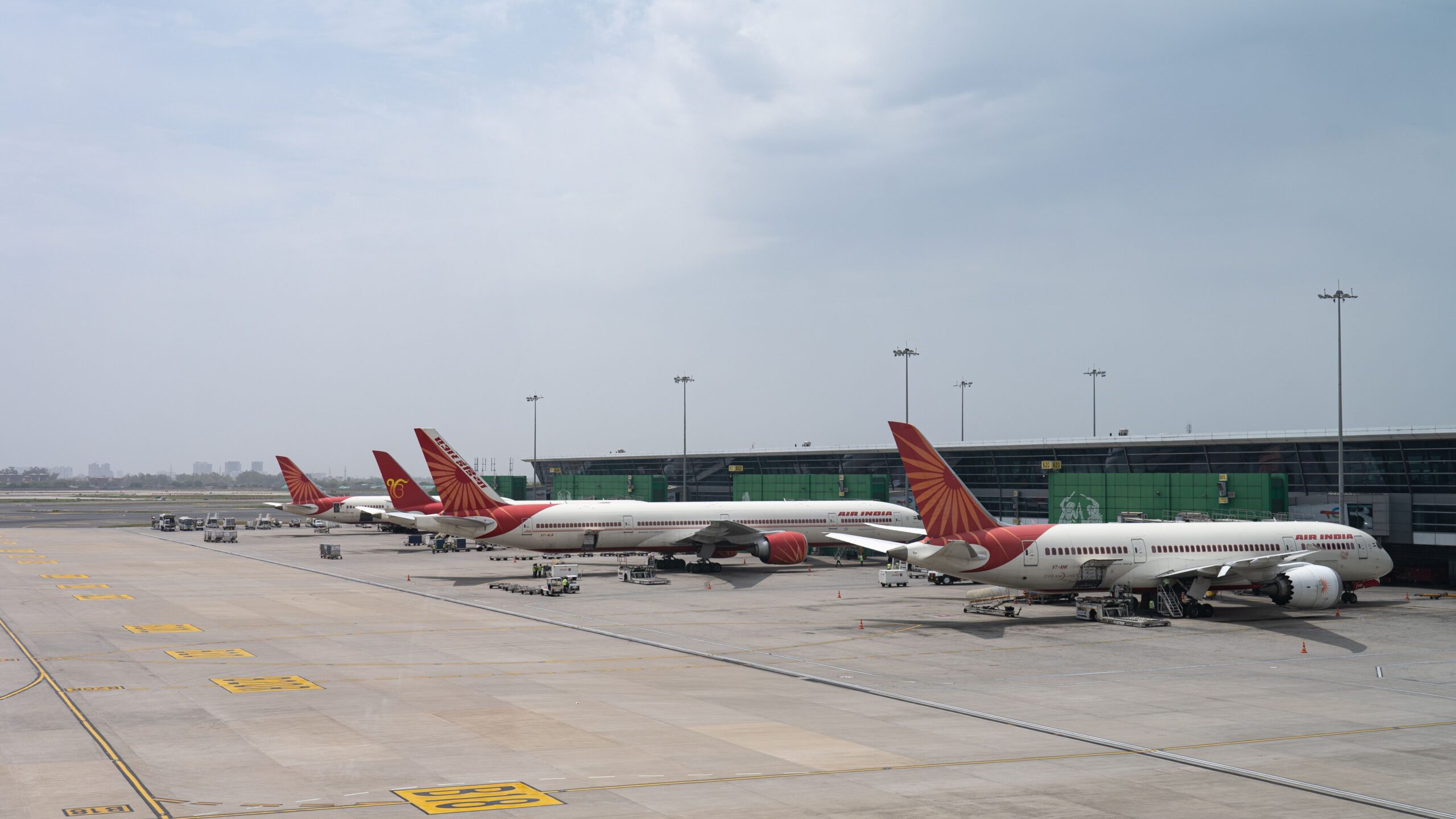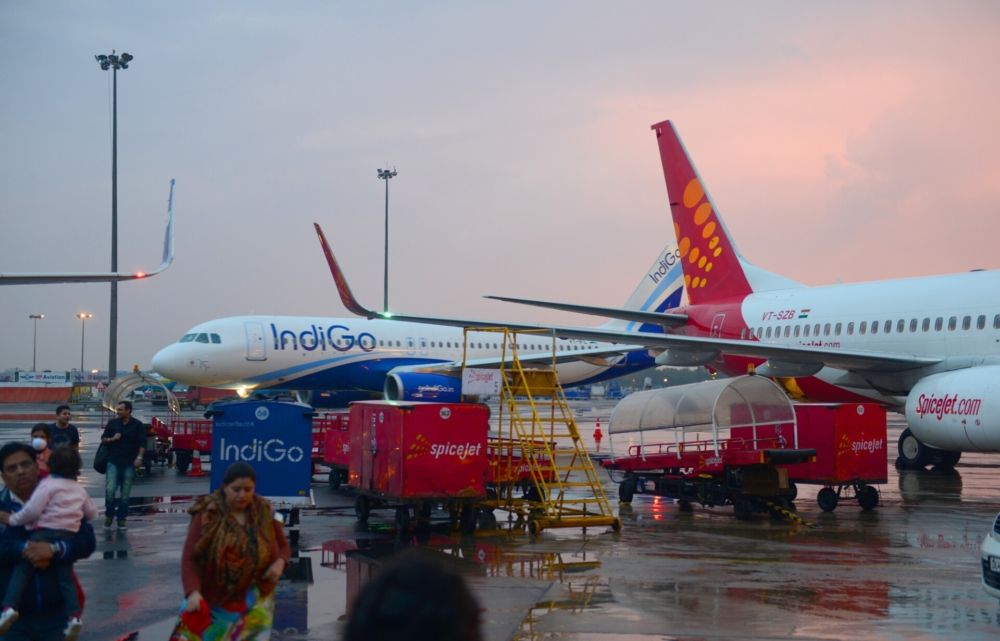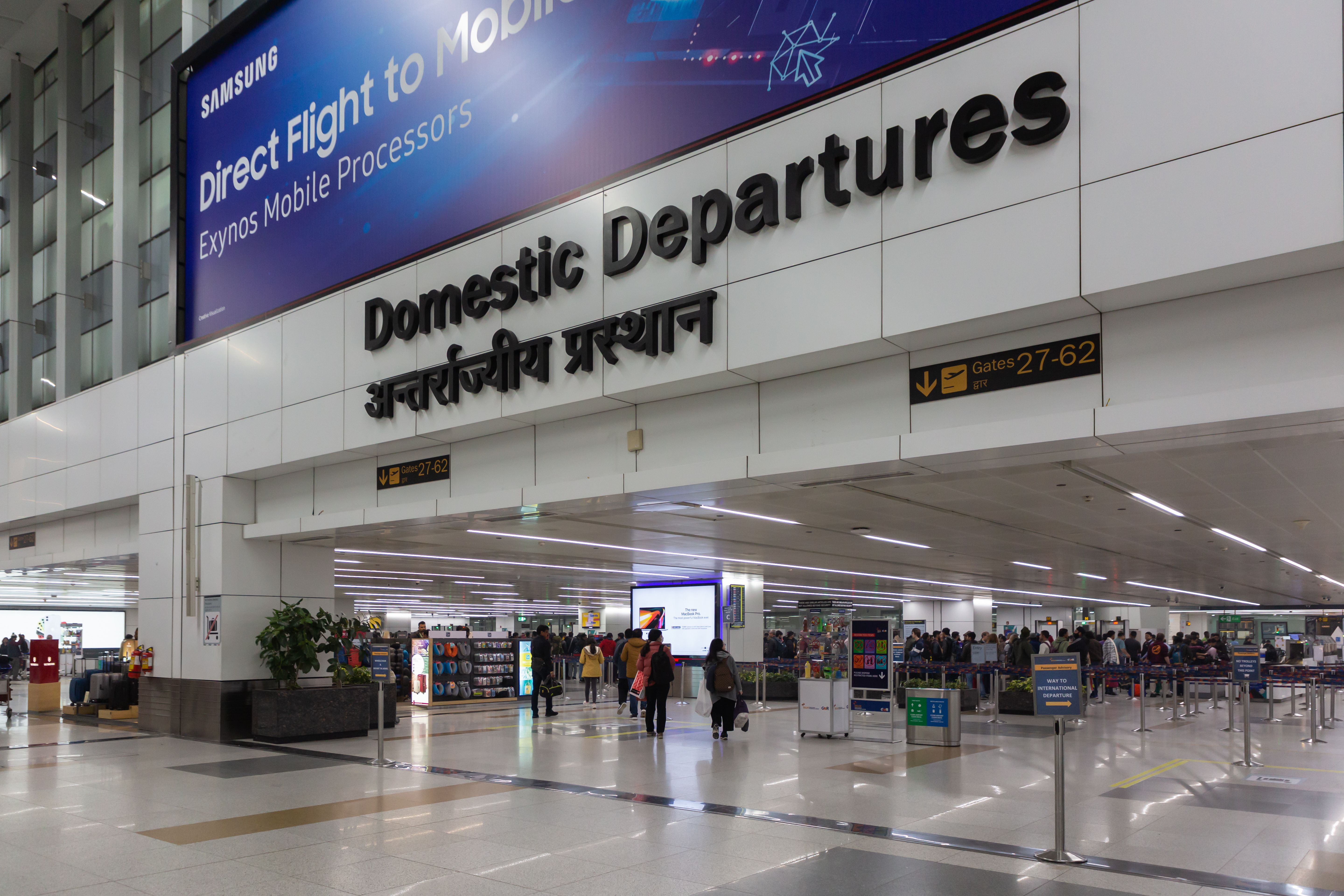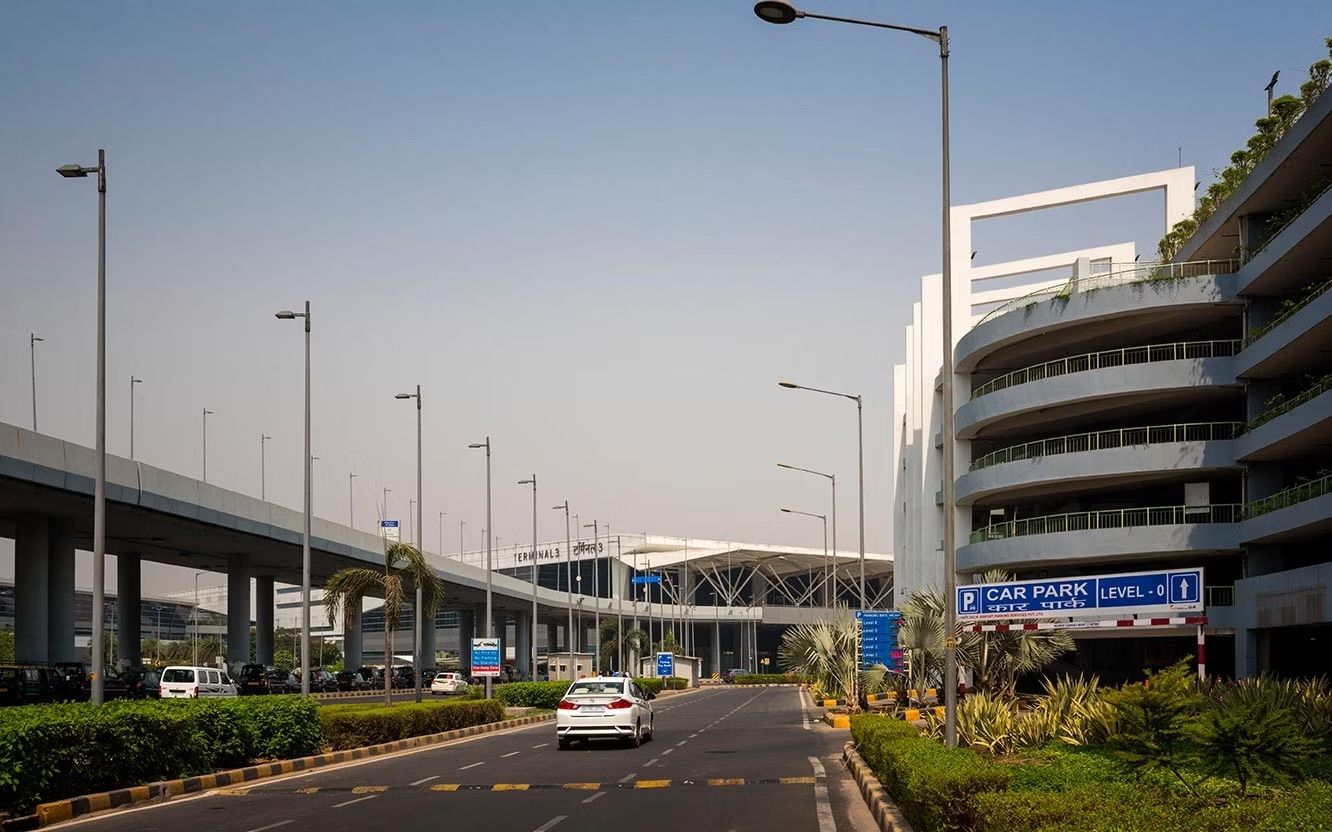Summary
- Minimum recommended layovers at Delhi Airport: 1.5-3 hours, depending on connection type.
- International connections depart from Terminal 3; domestic connections span Terminals 1-3.
- New amenities and expanded space at Terminal 1 enhance the domestic connection experience.
As Indira Gandhi International Airport (IGI) continues to grow as a hub for multiple airlines, it might be helpful to know how much time you should leave for connections. While Delhi is home to a major international terminal, it also has two separate domestic terminals, which can sometimes be confusing. So join us for a quick guide on how to transit through Indira Gandhi International on your next trip!
Connections at Delhi Airport
India’s busiest airport can be hectic if you’re not prepared for your transit. With three passenger terminals handling different types of flights, you may need a minimum of three hours on certain itineraries. At a glance, the table below gives you the minimum time recommended for each connection type:
|
Connection Type |
Terminal(s) |
Minimum Recommended Layover |
|---|---|---|
|
International to International |
T3 to T3 |
1.5 hours (3 hours for self-transfer) |
|
International to Domestic |
T3 to T1/T2/T3 |
3 hours |
|
Domestic to International |
T1/T2/T3 to T3 |
3 hours |
|
Domestic to Domestic |
T1/T2/T3 to T1/T2/T3 |
2 hours |
Transiting internationally is usually the quickest as you’ll remain in the same terminal, but other journeys could take longer. If you have to switch between terminals, then the free airport shuttle bus is the most convenient option.
Walking between T2 and T3 is possible but not recommended, particularly if you have baggage, as it takes you along a busy road.
International connections
All international flights depart from Terminal 3 (T3) of the airport, so you don’t have to worry about leaving the airport area. Transiting through Delhi Airport is relatively simple if you’re booked on a single ticket, with your bags checked through to your destination. However, it’s probably safe to put aside at least 1.5 hours for most flights to account for any long queues for security or delays on your incoming flight. Better early than a missed connection!
The procedure for transiting is fairly straightforward. Once off your inbound flight, follow the signs toward the transit area. If you have the boarding pass for your connecting flight, you can continue to security. There are also airline transfer desks in case you need to print a boarding pass. Once through security, you’ll be redeposited into the terminal area. The experience is quite similar to that of other hub airports.
Things tend to get a bit more complicated if you’re booked on separate tickets or your bags aren’t checked through. In this case, you must clear immigration and pick up your bags before going to landside departures. Once you’ve got your bags, go to the arrivals halls, where you’ll find departure signs.

Related
Connecting Flight? How To Ensure A Smooth Travel Experience
Weather and seasonal delays must be anticipated when booking connecting flights.
The journey between arrivals and departures is swift. However, you’ll still need to account for the time required to clear immigration, customs, and other formalities. For self-transfers, we recommend setting aside at least 3 hours, if not more, to ensure you reach your next flight just in time.
Domestic connections
While transiting between international flights in Delhi is quite easy, domestic connections make things much more tricky. Delhi Airport is home to three terminals, aptly named Terminals 1, 2, and 3. However, these terminals are not connected by air or by a train link, necessitating a road journey. This makes it important to check the terminal numbers on your ticket to ensure a smooth transfer.
Photo: Kelly R Richardson | Shutterstock
All international flights and some domestic flights operate out of T3. Meanwhile, Terminals 1 and 2 (T1 and T2) are used for domestic flights only. Transiting between these terminals can take a while, so take a longer layover if your flight needs a terminal change.
Terminals 1 and 3 are about 6 km apart, requiring the use of the airport shuttle. The airport shuttle – free for boarding pass holders – operates every 20 minutes and can be found using the signs outside arrivals in either terminal. You can also take a local taxi or Uber, although this might take slightly longer.
Airlines such as Air India and Vistara both operate out of T3, making transit much easier. Even low-cost carriers such as IndiGo and SpiceJet operate a few domestic flights from T3, so it’s best to try and look for these flights while booking.
Terminal 1 expansion
In March 2024, Delhi Airport inaugurated its expanded T1, which increased floor space from 55,000 sqm to 205,000 sqm and added a host of new amenities. The security lanes have also been vastly improved, featuring facial recognition and automated tray systems that should reduce queuing times.
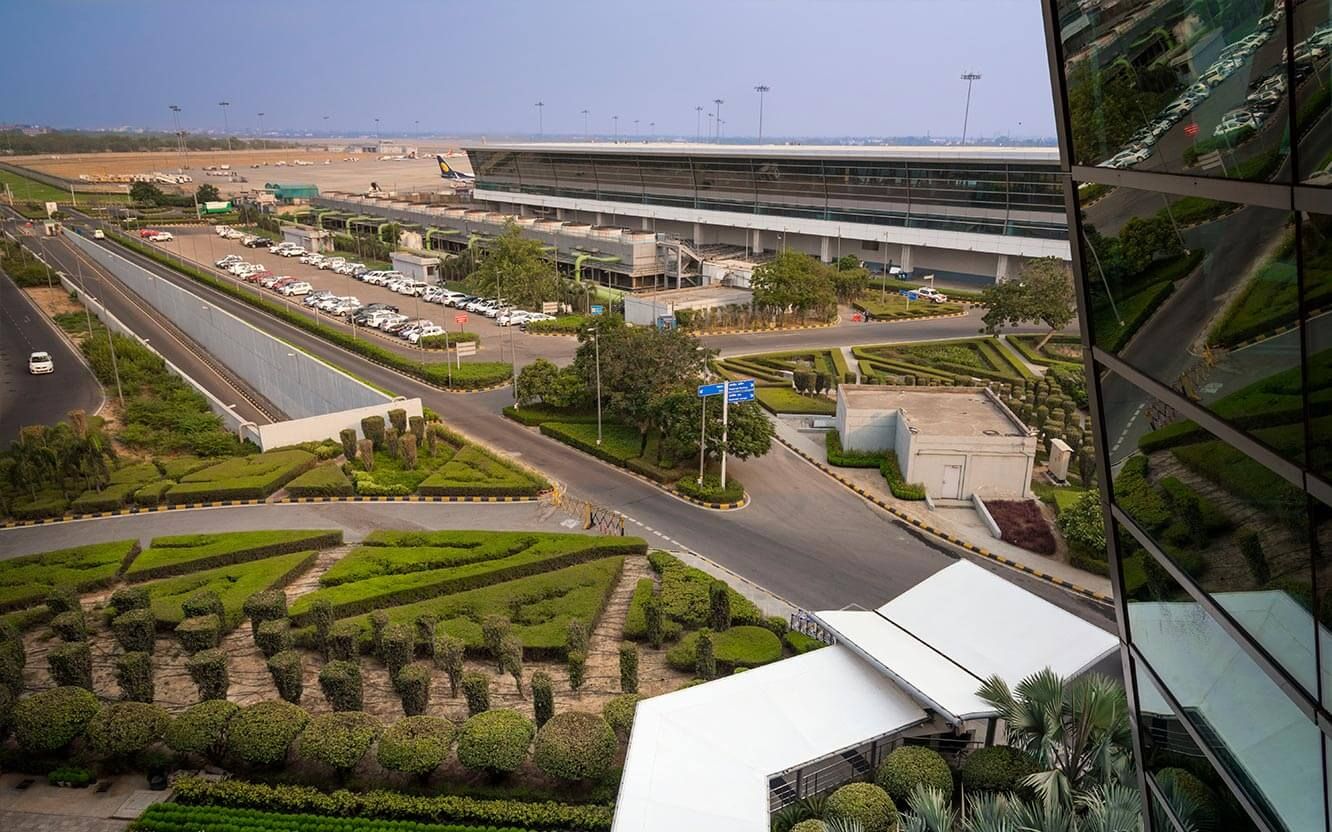
Related
Delhi Airport Terminal 1 Expansion Set For Completion By End Of This Year
The modern facility will house domestic low-cost carriers.
If you book a domestic connection at Delhi Airport, you’ll find the experience much better with the new facilities. This includes passenger airbridges at the gate and an expanded range of shops, restaurants, and cafés.
Photo: Indira Gandhi International Airport
Overall experience
Your transit experience in Delhi largely depends on which terminal you’ve landed in. Flights within T3 make for a smooth experience with quick transit times. However, connecting to the other domestic terminals can make the journey much more arduous and complicated. While the experience is not like Doha, Heathrow, or other large airports, Delhi can still make for a great international transit experience.
What do you think of the Delhi Indira Gandhi International Airport transit experience? Have you connected through the airport before? If so, leave your experiences and thoughts in the comment section.

